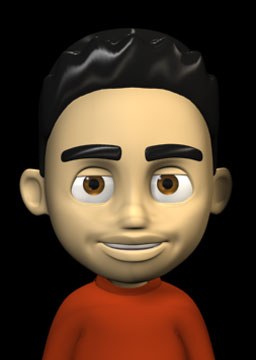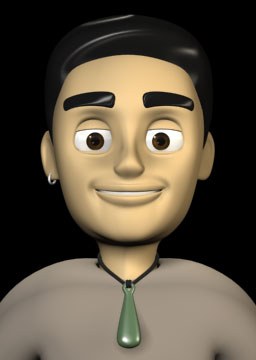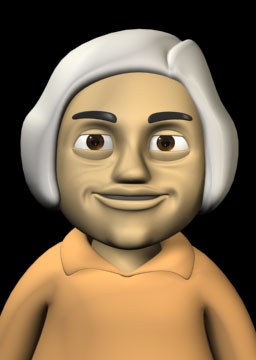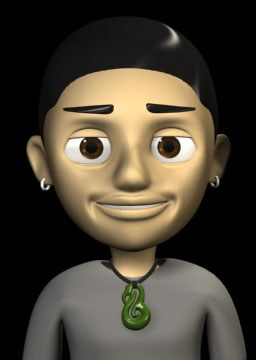Exercise Nine
Using pea
Pea is used to indicate approximation, probability or to express uncertainty about something. It can be translated to mean ‘perhaps’, ‘maybe’, ‘might’, ‘possibly’, ‘thereabouts’, ‘about’ and ‘approximately’. Look at the following examples which demonstrate its use.
| Kei hea tōku whaea? | Where is my mother? |
| Kei roto pea. | Perhaps she is inside. |
| He aha tērā kei roto i te moana? | What is that over there in the sea? |
| He mangō pea. | Probably a shark. |
| Tokohia ngā tāngata kei roto i te wharekai? | How many people are inside the dining hall? |
| E rima tekau pea ngā tāngata kei roto. | Perhaps fifty people are inside. |
| Ko wai ia? | Who is he? |
| Ko te hoa o Ānaru pea. | Probably Andrew's friend. |
In a phrases, pea comes:
- after a manner particle if it is present e.g. rawa, noa, kē and tonu
| Kei te pēhea ōu mātua? | How are your parents? |
| Kei te pai rawa pea rāua. | They are probably very well. |
- after the directional if it is present i.e. mai, atu, iho, ake
| I haere atu pea ō tātou hoa ki te pāti. | Our friends probably went to the party. |
-after the locative particle if it is present e.g. runga, raro, waho, roto, muri, mua, konei, konā, korā
| Kei hea te ngeru? | Where is the cat? |
| Kei raro pea i te whare. | Probably under the house. |
Further explanations and exercises: Te Kākano p. 46; Te Aka p. 115
Whiriwhirihia te kōrero tika hei whakautu i ia pātai.
Select the correct sentence to answer each question.
Don’t forget to use commas, question marks, and fullstops and macrons where appropriate (ā,ē,ī,ō, and ū).

Kia hia ngā hēki māna?

Kei hea a Te Hererīpene?

Kei te aha a Tarati?

Ko wai tērā e horoi ana i te motokā?

Kei a wai tōku pōtae?

He aha ērā kararehe?
